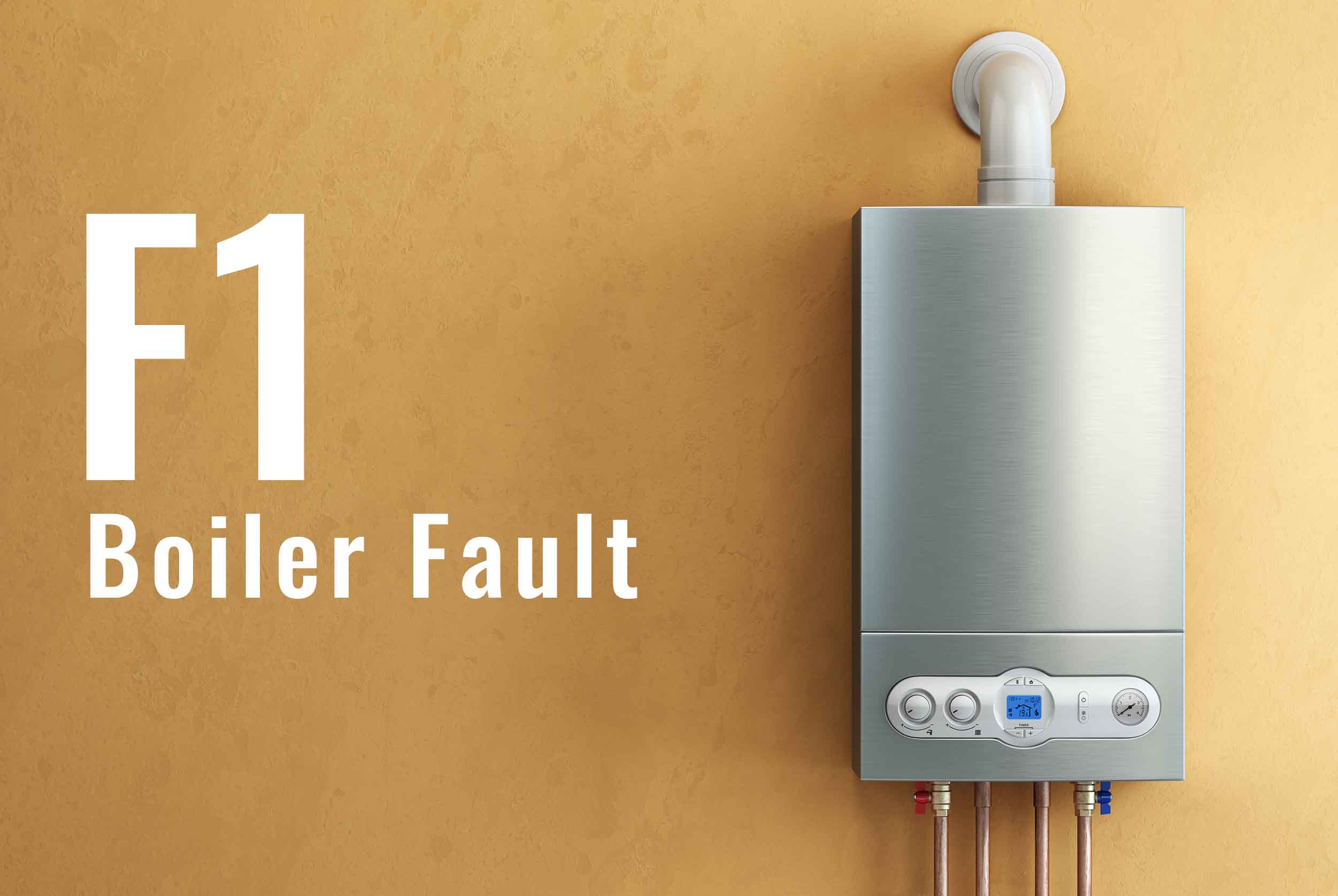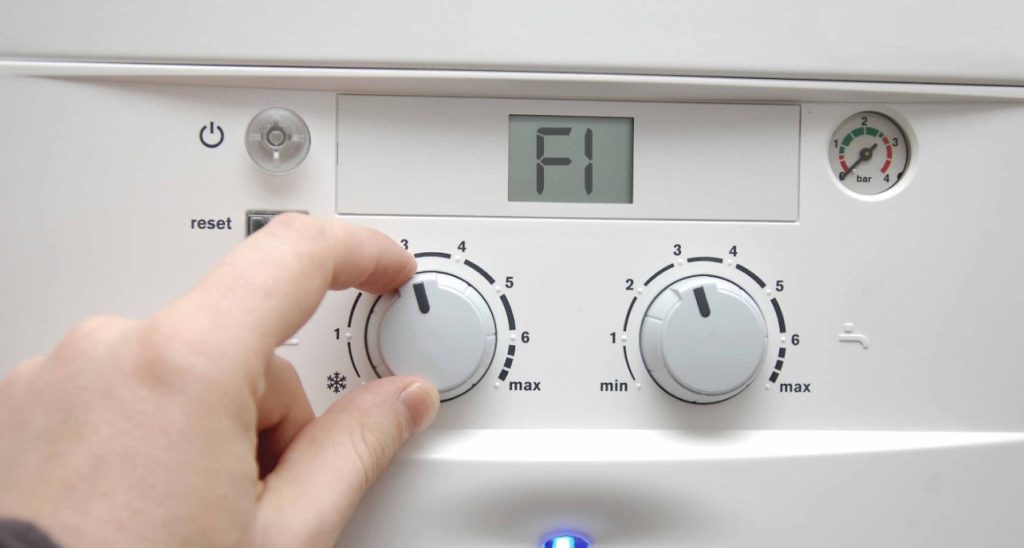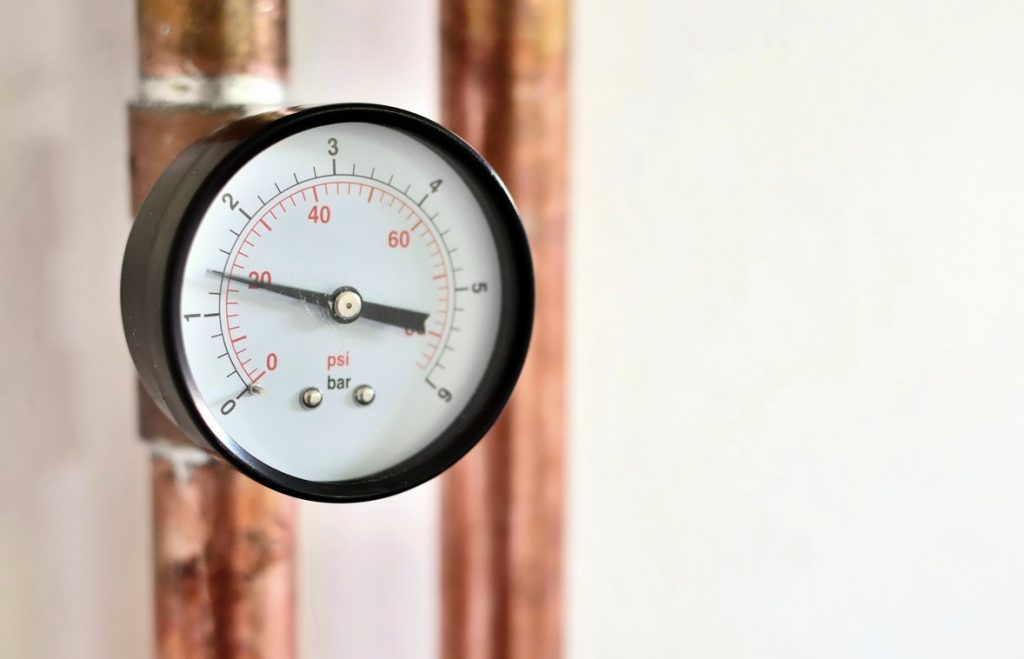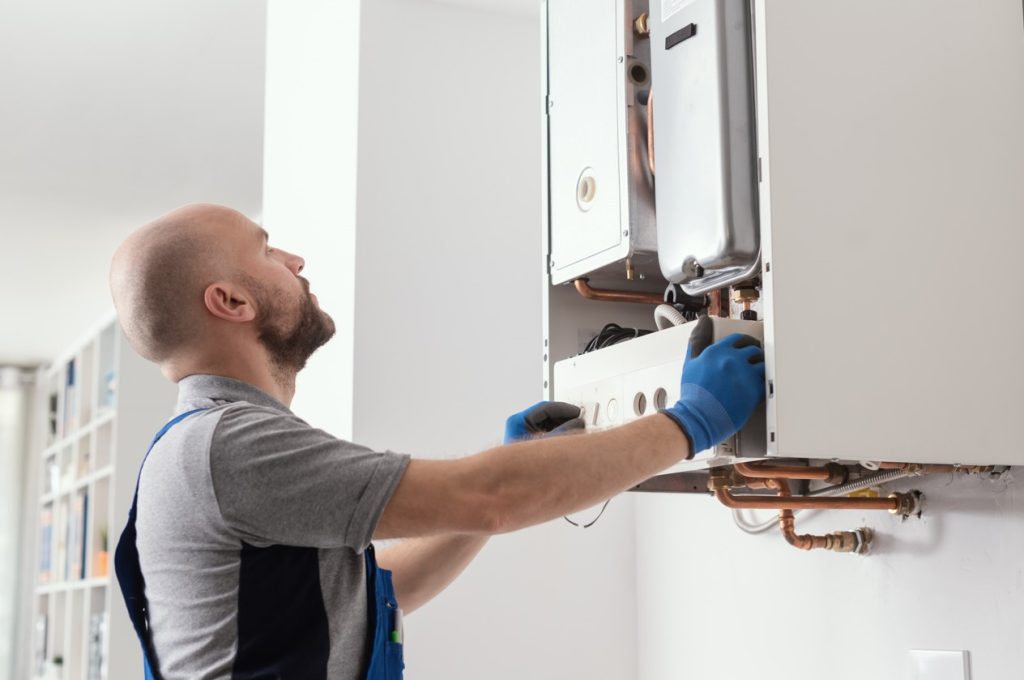Send Us Email
Why you’re getting an F1 boiler fault and how to fix it?

Why you’re getting an F1 boiler fault and how to fix it?
Boilers are an essential part of our daily lives, keeping our homes warm and our water hot. However, like any machine, they aren’t immune to issues. One common problem that boiler owners frequently encounter is the dreaded F1 fault code. But what does this error mean, and how can you resolve it without unnecessary stress (and expense)?
Whether you’re a homeowner, a landlord, or a DIY enthusiast, this article walks you through everything you need to know about the F1 boiler fault, from its causes to possible DIY fixes and when it’s time to call a professional.
What the F1 boiler fault means

First and foremost, the F1 fault code is a warning system designed to alert you to a specific issue with your boiler. While the exact meaning can vary slightly depending on the brand, in most systems, the F1 fault indicates low water pressure inside the boiler.
Modern boilers rely on precise pressure levels to function efficiently. When the pressure drops below the safe operating range, the boiler will lock out, displaying the F1 fault code to prevent damage or further complications. Ignoring this warning could lead to more severe issues over time, such as damage to internal components or loss of heating entirely.
Addressing the F1 fault code quickly is critical, not only to restore warmth and hot water to your home but also to avoid costly breakdown of your central heating system or boiler components in the future.
Understanding the F1 error code

An F1 error is typically your boiler’s way of saying, “Something isn’t quite right with my water pressure system.” Here’s a breakdown of what this actually means:
- Low water pressure is the most frequent cause. Boilers require a specific pressure level (usually between 1.0 and 1.5 bar, which can be seen on the boiler’s pressure gauge). If the water pressure drops too low, the system won’t function.
- Why low pressure matters: Adequate water pressure is crucial to the circulation of hot water through your radiators and taps. Without it, the boiler’s internal mechanisms can’t work effectively, leaving your system incapable of heating your home or water.
If the F1 error persists, it may also point to an underlying mechanical issue or external factor causing the pressure to drop.
Common causes of the F1 fault

Understanding what’s behind the F1 error will help you tackle it efficiently. Here are the most common culprits:
Low water pressure
Low boiler pressure is often a result of a depleted system – maybe the boiler hasn’t been topped up in a while, or there’s been a sudden drop in pressure from the mains supply.
Leaks in the system
Even small leaks in your pipework or radiators can cause the boiler’s pressure to fall. These leaks may not be immediately visible, so keep an eye out for damp spots or water pooling under pipes.
Air in the central heating system
Trapped air can disrupt the natural flow of water within the system, causing the pressure to fluctuate. This typically happens when radiators haven’t been bled for a while.
Faulty pressure gauge
A faulty pressure sensor (or pressure gauge) is a key component that reads and monitors the water pressure inside your boiler. If it’s faulty, you may see an F1 code even if the actual pressure is fine.
Frozen pipes
During colder months, pipes – especially external ones – are prone to freezing. This blockage prevents water from circulating, leading to a drop in pressure.
How to fix the F1 boiler fault yourself
Tackling an F1 fault doesn’t always require professional help. Here are a few steps you can take to resolve the issue yourself:
Checking the boiler pressure
If you suspect your boiler is losing pressure, you can begin by examining your boiler’s pressure gauge. If the needle is below 1 bar, the pressure is too low. This is usually the first sign of the F1 fault code.
Re-pressurising the boiler
- Locate the filling loop (the filling loop is a silver, hose-like attachment underneath your boiler).
- Open the valves to allow water to flow into the system. You should hear a faint whistling sound.
- Keep an eye on the gauge and close the valves once the pressure reaches between 1.0 and 1.5 bar.
Be sure to check your boiler’s manual for specific instructions, as the process can vary depending on the model.
Bleeding radiators
If you suspect trapped air in the system, bleeding your radiators can help:
- Turn off your heating and wait for the radiators to cool.
- Use a radiator key to loosen the bleed valve (usually on the side or top of the radiator) slightly.
- Release the trapped air until water starts trickling out, then tighten the valve.
Recheck your boiler pressure afterwards—bleeding radiators can cause it to drop slightly.
Thawing frozen pipes
If the F1 error occurs during freezing temperatures, frozen pipes might be the problem. Try warming the affected pipes using a hot water bottle, towel soaked in warm water, or a hairdryer on a low setting (keeping it at a safe distance).
When to call a professional
While many F1 faults are solvable with simple steps, there are situations where expert help is necessary:
- Repeated F1 faults despite re-pressurising the boiler.
- Suspected boiler leaks that you cannot locate or fix yourself.
- Complex boiler issues involving internal components like the pressure sensor or pump.
- No experience with plumbing or heating repairs – it’s better to call a professional than risk worsening the issue.
At DWM Plumbing & Heating, our experienced engineers specialise in diagnosing and repairing boiler faults, ensuring your system runs efficiently and safely. If you’re unsure about fixing the F1 fault yourself, a gas safe engineer from our team is only ever a call away.
Restoring your boiler’s efficiency
The F1 boiler fault, while inconvenient, is usually a straightforward issue to address. By understanding its causes and using the DIY methods outlined above, you can often resolve it quickly and without professional intervention. However, for persistent problems or more complex repairs, seeking expert assistance is the best course of action.
DIY not your forté? Get a professional solution today!
Don’t delay—keeping your boiler in top condition ensures you have a warm and comfortable home all year round. If you need help, our team at DWM Plumbing & Heating is here to assist. And if it’s too late for a repair, we can help you find the ideal boiler as a replacement
Contact us today and get your heating system back on track.
